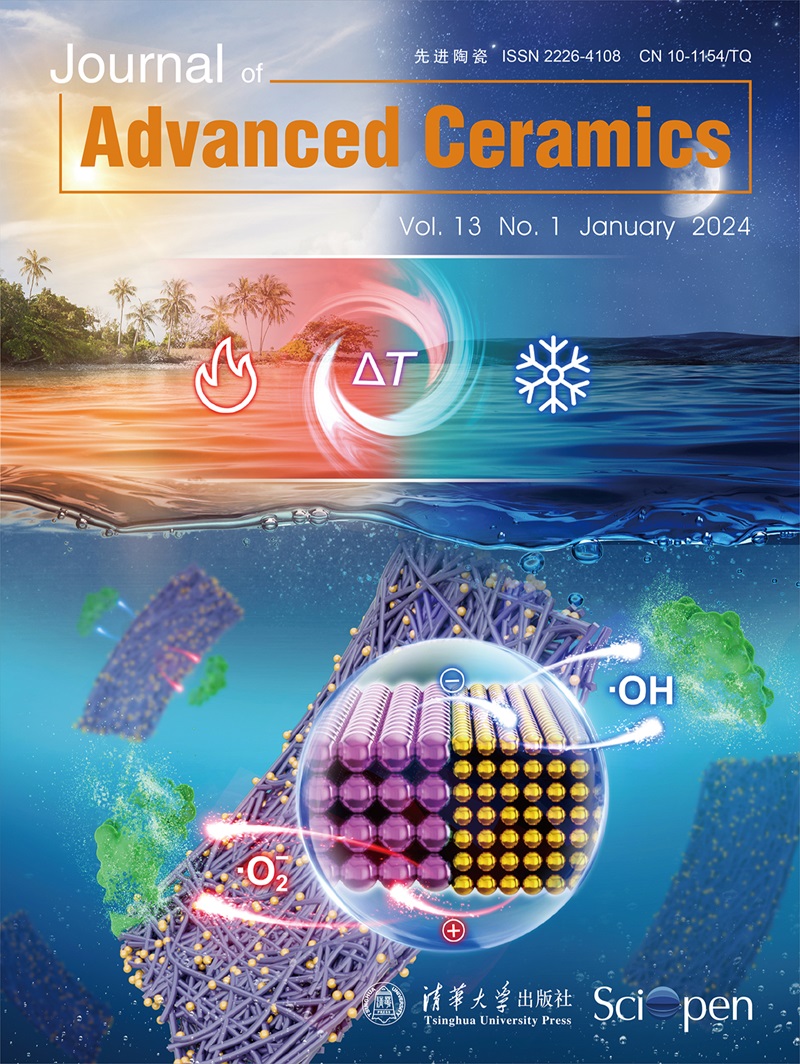Microelectrical Discharge Machining:A Suitable Process for Machining Ceramics
IF 16.6
1区 材料科学
Q1 MATERIALS SCIENCE, CERAMICS
引用次数: 22
Abstract
Today ceramics are used in many industrial applications, for example, in the biomedical field, for high-temperature components or for cutting tools. This is attributed to their excellent mechanical and physical properties, as low density, high strength, and hardness or chemical resistance. However, these specific mechanical properties lead to problems regarding the postprocessing of ceramics. In particular, cutting processes require expensive tools which cause high manufacturing costs to machine ceramics. Consequently, there is a demand for alternative machining processes. Microelectrical discharge machining (micro-EDM) is a thermal abrasion process which is based on electrical discharges between a tool and a workpiece. The advantages of micro-EDM are more and more in focus for ceramic machining. These advantages include the process of being a noncontact technology, an independency of material brittleness and hardness, a low impact on the material, and the achievable microstructures. This paper presents the current state of investigations regarding micro-EDM of ceramics. Beside the process principle of EDM, the used procedures for machining ceramics and insulating ceramics are described. Furthermore several machining examples are presented to demonstrate the possibilities of the micro-EDM process with regard to the machining of ceramics.微电子放电加工:一种适合加工陶瓷的工艺
今天,陶瓷被用于许多工业应用,例如,在生物医学领域,用于高温部件或切割工具。这是由于它们优异的机械和物理性能,如低密度,高强度,硬度或耐化学性。然而,这些特殊的机械性能导致了有关陶瓷后处理的问题。特别是,切割过程需要昂贵的工具,这导致加工陶瓷的制造成本很高。因此,有对替代加工工艺的需求。微电子放电加工(micro-EDM)是一种利用刀具与工件之间的电火花进行热磨损的加工过程。微细电火花加工的优点越来越受到陶瓷加工领域的关注。这些优点包括非接触式工艺,材料的脆性和硬度无关,对材料的影响小,以及可实现的微观结构。本文介绍了陶瓷微细电火花加工的研究现状。除了电火花加工的加工原理外,还介绍了陶瓷和绝缘陶瓷的加工方法。此外,还列举了几个加工实例来说明微细电火花加工在陶瓷加工中的可能性。
本文章由计算机程序翻译,如有差异,请以英文原文为准。
求助全文
约1分钟内获得全文
求助全文
来源期刊

Journal of Advanced Ceramics
MATERIALS SCIENCE, CERAMICS-
CiteScore
21.00
自引率
10.70%
发文量
290
审稿时长
14 days
期刊介绍:
Journal of Advanced Ceramics is a single-blind peer-reviewed, open access international journal published on behalf of the State Key Laboratory of New Ceramics and Fine Processing (Tsinghua University, China) and the Advanced Ceramics Division of the Chinese Ceramic Society.
Journal of Advanced Ceramics provides a forum for publishing original research papers, rapid communications, and commissioned reviews relating to advanced ceramic materials in the forms of particulates, dense or porous bodies, thin/thick films or coatings and laminated, graded and composite structures.
 求助内容:
求助内容: 应助结果提醒方式:
应助结果提醒方式:


